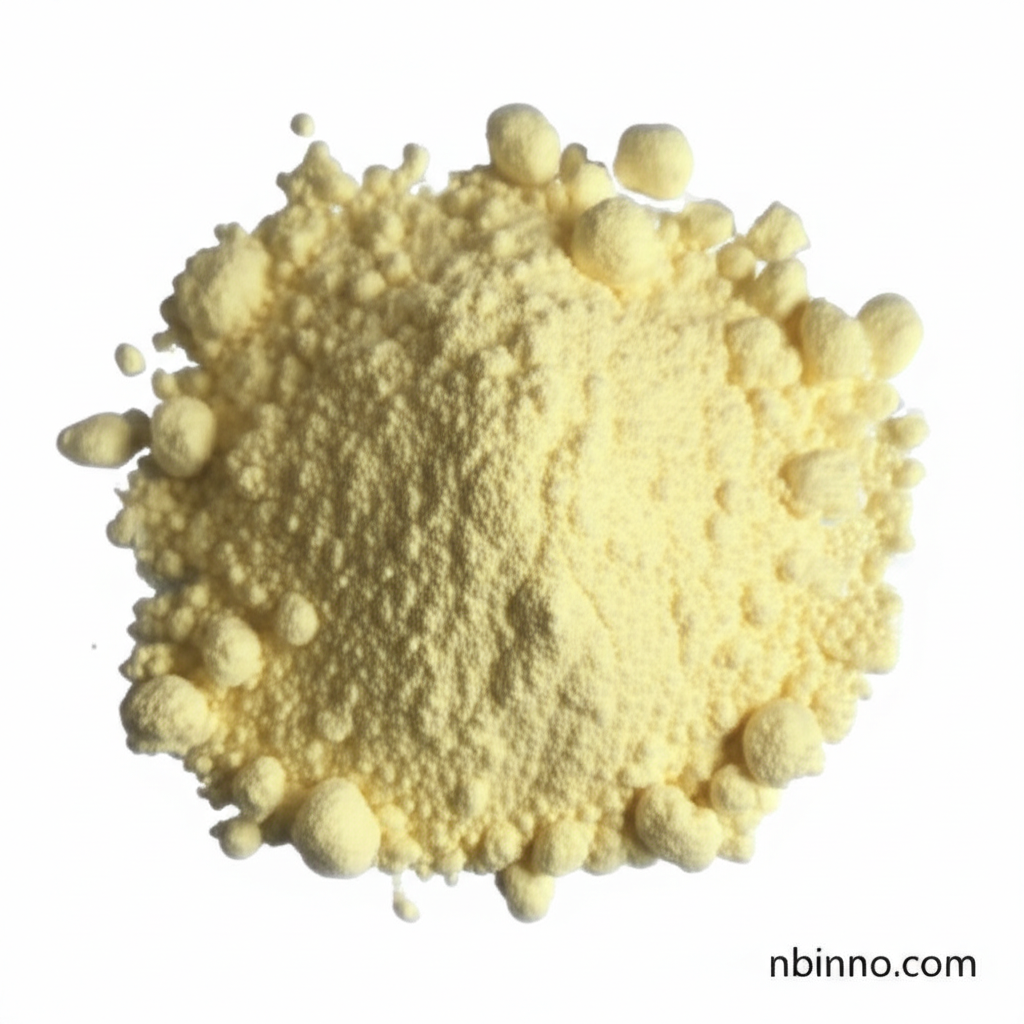Dihydromyricetin: Mechanism of Action, Anti-Cancer Effects, and Therapeutic Potential
Exploring the multifaceted anti-tumor effects of dihydromyricetin, from apoptosis induction to drug resistance reversal.
Get a Quote & SampleProduct Core Value

Dihydromyricetin
Dihydromyricetin (DHM) is a natural flavonoid with significant anti-cancer properties. It effectively inhibits tumor cell proliferation by inducing cell cycle arrest and promotes apoptosis through various pathways, including the activation of p53 and downregulation of Survivin. DHM also plays a role in reversing multidrug resistance in cancer cells and exhibits antioxidant effects by scavenging ROS. Its ability to modulate signaling pathways like MAPK and induce autophagy further contributes to its anti-tumorigenic activity.
- Inhibits tumour cell proliferation by inducing cell cycle arrest at G1/S and G2/M phases, as observed in various cancer cell lines.
- Promotes apoptosis by upregulating pro-apoptotic proteins (like Bax) and activating caspases, often mediated through p53 activation.
- Reverses drug resistance by downregulating key proteins like Survivin, making cancer cells more sensitive to chemotherapy.
- Scavenges ROS and induces autophagy, contributing to its overall anti-cancer effects by managing oxidative stress and cellular recycling.
Advantages of DHM in Cancer Therapy
Fewer Side Effects
Compared to conventional chemotherapy, DHM generally exhibits lower toxicity, making it a potentially safer option for patients.
Multiple Anti-Tumour Mechanisms
DHM targets cancer through various pathways, including cell cycle arrest, apoptosis, and ROS modulation, suggesting a broad spectrum of activity.
Enhances Chemotherapy Efficacy
By increasing tumor cell sensitivity and reversing multidrug resistance, DHM can significantly improve the outcomes of existing cancer treatments.
Key Applications
Ovarian Cancer Treatment
DHM shows significant promise in inhibiting ovarian cancer cell proliferation and inducing apoptosis, making it a potential therapeutic agent.
Drug Resistance Reversal
DHM effectively reverses resistance to chemotherapy drugs like paclitaxel and doxorubicin by modulating key cellular pathways.
Antioxidant Therapy
Its ROS scavenging properties contribute to its protective effects against cellular damage and its anti-cancer activity.
Combination Cancer Therapy
DHM can be used in conjunction with existing chemotherapy drugs to enhance therapeutic outcomes and overcome resistance.
Related Technical Articles & Resources
Why Choose Us?
Leverage our expertise and state-of-the-art infrastructure to accelerate your journey from discovery to commercial success.
Global Experience
With 20 years of R&D, manufacturing, and sales experience, we proudly serve clients across 60 countries and regions worldwide.
Advanced Facilities
Our in-house R&D laboratory, pilot platform, and large-scale production workshop are equipped to meet the audit requirements of global customers.
Seamless Scalability
We facilitate a perfect transition from small-scale lab requirements (grams) to full commercialization (hundreds of tons).
